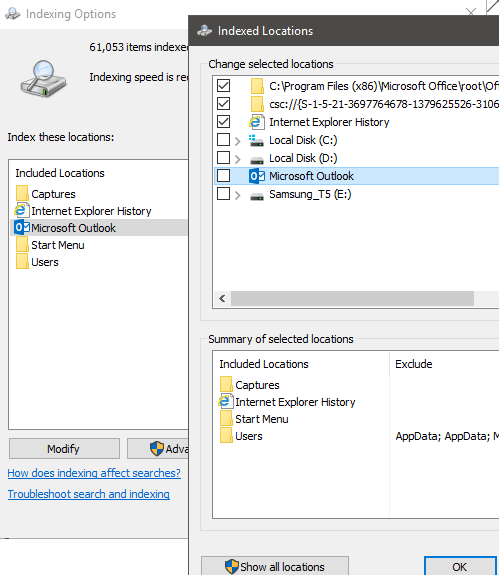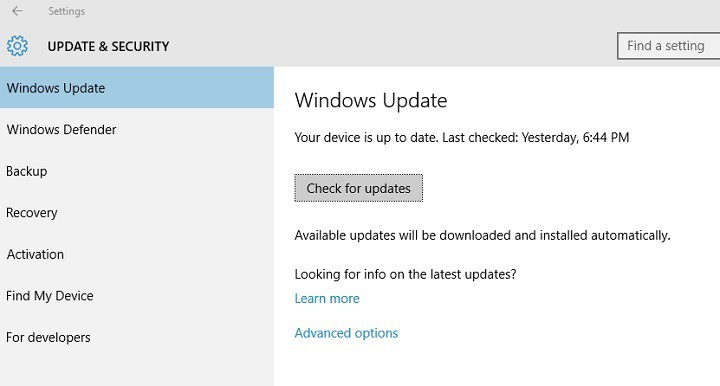

In any case, then I'd say you get what you pay for. How is this really any different from YouTube suggesting that you should use Chrome, or Microsoft nagging you to use Edge, when you try to change the default browser? If you aren't interested, then you close the ad (ahem, notification) and go on about your business. I'm on the fence about Pro, as it seems that SKU is quickly becoming sort of Home Plus for small businesses and solo professionals who aren't going to invest in enterprise-level Microsoft infrastructure. If I could play devil's advocate for a moment.are these so-called ads set to appear in all SKUs or just Cloud and Home? I can't imagine something like this would fly in the Enterprise SKU.

I wouldn’t be surprised to see that in the next major release of Windows 10, but I won’t get outraged about that unless it happens. Would Microsoft ever allow third parties like Box or Dropbox to advertise here too? That’s the slippery slope I worry about.

Second, the name of that option is interesting, isn’t it? It suggests that Microsoft will only show “notifications” here related to “sync providers.” Obviously, Microsoft only makes one such sync provider, OneDrive, though the Office 365 ad is obviously related since it provides 1 TB of additional storage. I assume this wasn’t all the shell team worked on over the past year.) (Interesting side-note: There are no new options in this list in the Creators Update it’s identical to the current release. So you may want to proactively disable it now. Uncheck that option and then select OK to close the window.įirst, in comparing the Advanced Settings list in the Folder Options window between the Anniversary and Creators Updates, I see that the “Show sync provider notifications” option does appear in Windows 10 today.

In the Advanced Settings list, scroll down until you see the option titled “Show sync provider notifications.” In the Folder Options window that appears, navigate to the View tab. Open File Explorer and then navigate to View > Options > Change folder and search options. Fortunately, you can turn off this terrible intrusion. So like the mobile apps that first bore advertising back in Windows 8, yes, it is very much a “part of” Windows, or “in” Windows. To be clear, File Explorer is the Windows 10 shell, a core part of the operating system. (Ad-like notifications for OneDrive do appear in File Explorer in the Anniversary Update, but people running the Creators Update are now seeing actual advertising.) How can you tell this is an ad? The dollar sign is one clue.


 0 kommentar(er)
0 kommentar(er)
